Bergamot Companion Plants: The Best Plants To Grow With Bee Balm
Bee balm (Monarda) is a beautiful and versatile plant that can add a splash of color and fragrance to any garden. It's also a great choice for attracting pollinators, such as bees, butterflies, and hummingbirds.
If you're planning to add bee balm to your garden, you may be wondering what companion plants to choose. Here are a few of the best plants to grow with bee balm:
- Coneflowers: Coneflowers (Echinacea) are another popular choice for pollinator gardens. They come in a variety of colors, including yellow, orange, pink, and purple. Coneflowers and bee balm have similar growing conditions, so they're a good match for each other.
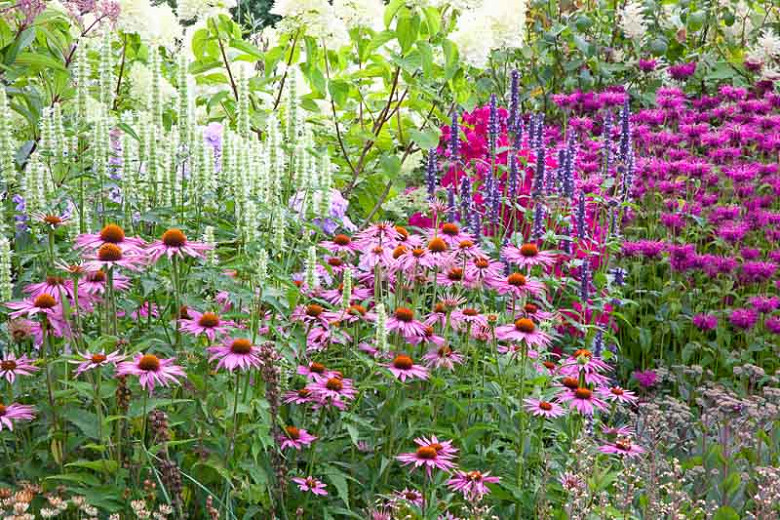
- Sunflowers: Sunflowers (Helianthus) are a tall, cheerful addition to any garden. They attract a variety of pollinators, and their large flowers are a feast for the eyes. Sunflowers and bee balm can be planted together in a sunny spot, and they'll help each other to thrive.
- Yarrow: Yarrow (Achillea millefolium) is a hardy perennial that blooms in late summer and fall. It's a good choice for pollinator gardens because it's drought-tolerant and attracts a variety of insects. Yarrow and bee balm can be planted together in a sunny spot, and they'll help each other to thrive.

- Lavender: Lavender (Lavandula) is a fragrant herb that's native to the Mediterranean region. It's a good choice for pollinator gardens because it attracts bees, butterflies, and other insects. Lavender and bee balm can be planted together in a sunny spot, and they'll help each other to thrive.
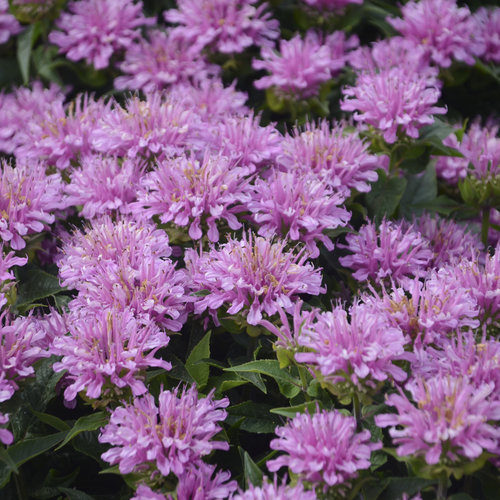
- Zinnias: Zinnias (Zinnia) are colorful annuals that bloom from summer to fall. They're a good choice for pollinator gardens because they attract a variety of insects. Zinnias and bee balm can be planted together in a sunny spot, and they'll help each other to thrive.

In addition to these plants, there are many other companion plants that can be grown with bee balm. When choosing companion plants, it's important to consider the following factors:
- Sunlight: Bee balm prefers full sun, so it's important to choose companion plants that also need full sun.
- Water needs: Bee balm is drought-tolerant, so it's important to choose companion plants that have similar water needs.
- Growing conditions: Bee balm is a hardy plant that can tolerate a variety of soil conditions. However, it's best to choose companion plants that have similar soil requirements.
- Pollinator attraction: Bee balm is a great plant for attracting pollinators, so it's a good idea to choose companion plants that also attract pollinators.
By carefully considering these factors, you can choose the best companion plants for your bee balm and create a beautiful and thriving garden.
Bee balm, also known as bergamot, is a beautiful and versatile herb that can be grown in a variety of gardens. It attracts pollinators and has a long blooming season, making it a great addition to any landscape. But did you know that bee balm can also benefit from companion planting?
The right companion plants can help to improve the health and growth of bee balm, and can also deter pests and diseases. Some good companion plants for bee balm include:
- Black-eyed Susans: These cheerful flowers share bee balm's preference for full sun and well-drained soil. They also attract pollinators, which can help to increase the yield of bee balm's nectar and pollen.
- Echinacea: This hardy wildflower is another good choice for companion planting with bee balm. It helps to repel pests and diseases, and its bright purple flowers add a touch of color to the garden.
- Yarrow: This drought-tolerant herb is a good choice for companion planting with bee balm in hot, dry climates. It helps to improve the drainage of the soil and can also deter pests.
For more information about bergamot companion plants, please visit Garden Wiki. This website provides a comprehensive list of plants that can be grown alongside bee balm, as well as information on the benefits of companion planting.
FAQ of bergamot companion plants
- What time of year should I plant bergamot?
Bergamot is a cool-season plant that can be planted in the spring or fall. If you live in a warm climate, you may need to start bergamot indoors 6-8 weeks before the last frost.
- What are some good companion plants for bergamot?
Some good companion plants for bergamot include lavender, rosemary, thyme, and oregano. These plants all have similar growing requirements and can help to deter pests and diseases.
- Does bergamot need fertilizer?
Bergamot is a relatively low-maintenance plant and does not require a lot of fertilizer. However, you may want to fertilize it once a month during the growing season with a balanced fertilizer.
- How much water does bergamot need?
Bergamot needs regular watering, especially during the hot summer months. Water it deeply once a week, or more often if the weather is hot and dry.
- How do I propagate bergamot?
Bergamot can be propagated by seed, division, or cuttings. Seed propagation is the most common method, but it can be slow and unpredictable. Division and cuttings are more reliable methods, but they require more skill and experience.
Image of bergamot companion plants
- Bee Balm - Bee balm is a native North American plant that attracts pollinators, such as bees and butterflies. It also helps to deter pests, such as mosquitoes and flies.

- Coneflower - Coneflower is another native North American plant that attracts pollinators. It also helps to improve the soil by attracting beneficial insects and earthworms.
- Lavender - Lavender is a Mediterranean plant that is known for its calming scent. It also helps to repel pests and attract pollinators.
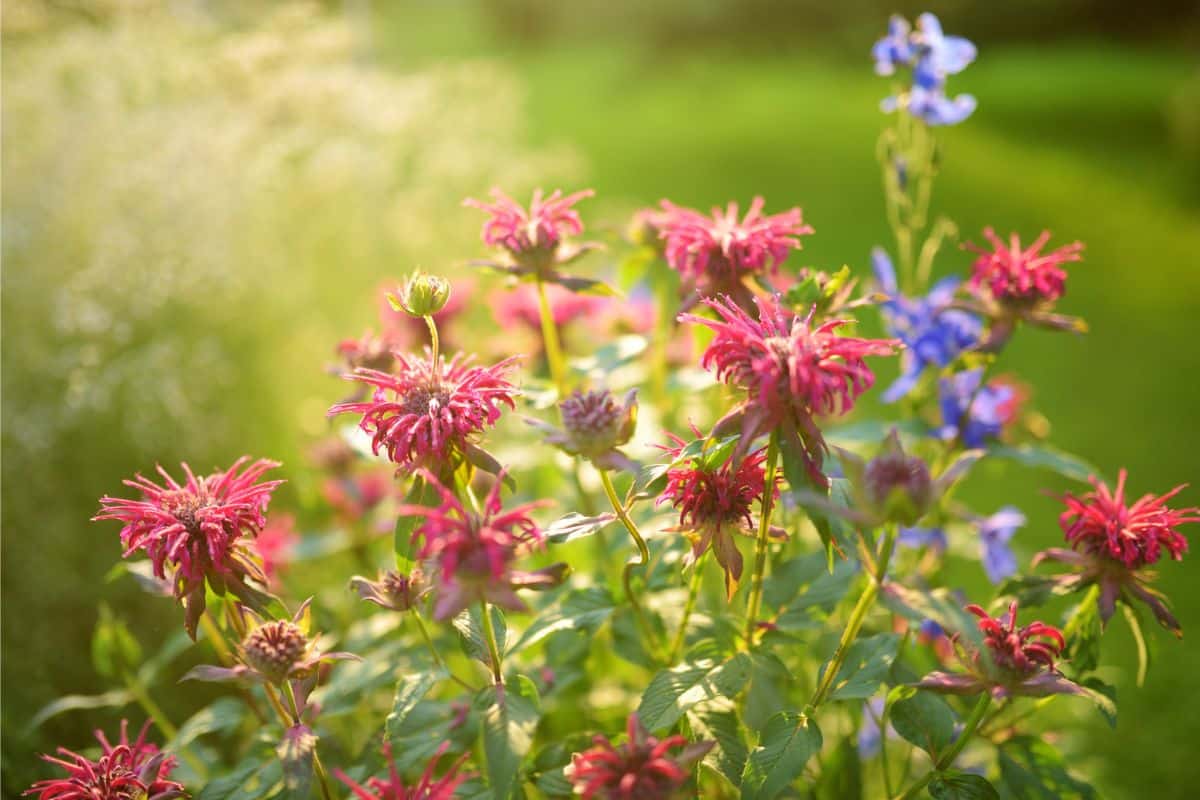
- Marigold - Marigolds are a bright and cheerful flower that helps to deter pests, such as nematodes and whiteflies. They also help to improve the soil by breaking down organic matter.
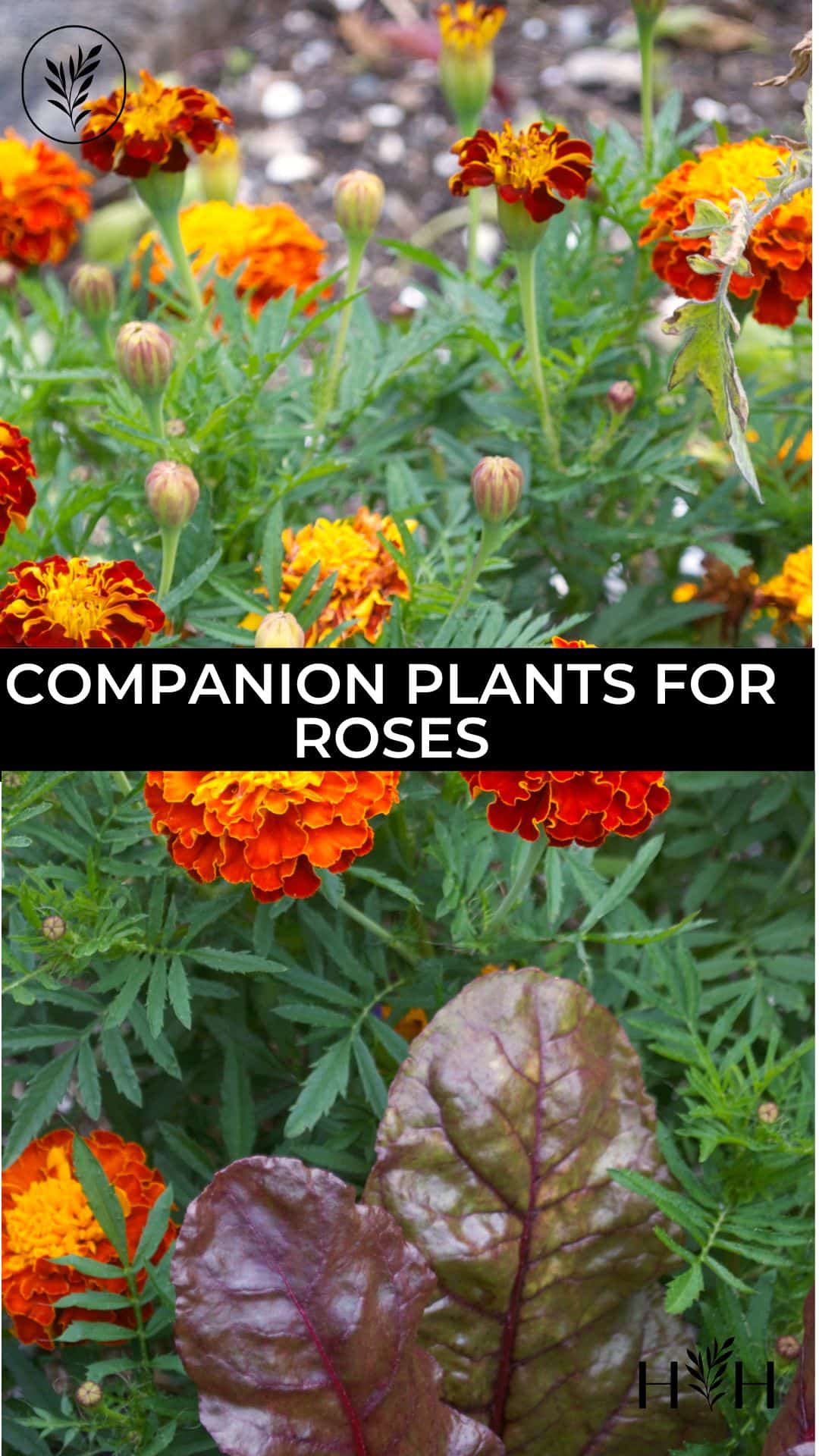
- Yarrow - Yarrow is a hardy perennial that is known for its medicinal properties. It also helps to attract pollinators and repel pests.
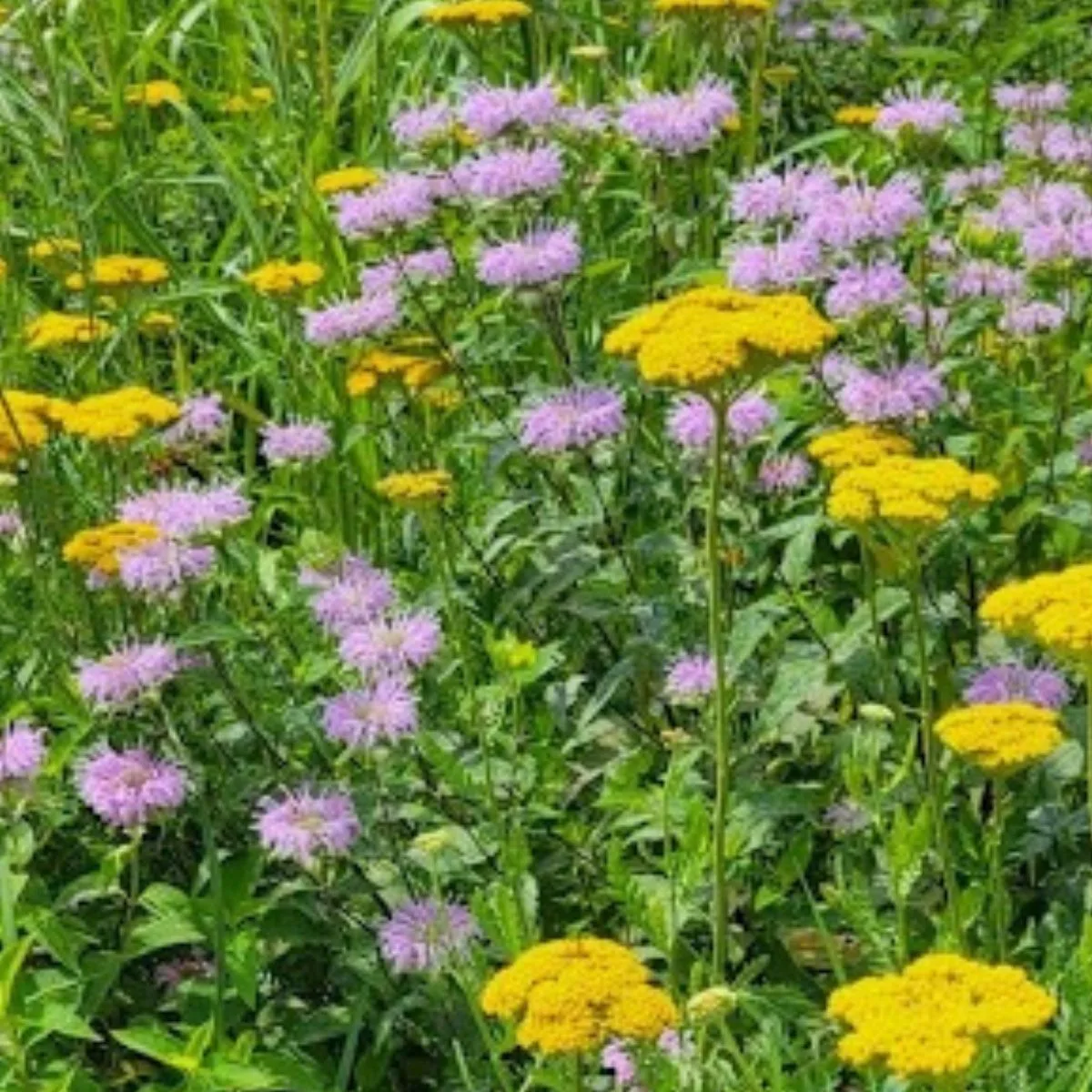
Post a Comment for "Bergamot Companion Plants: The Best Plants To Grow With Bee Balm"